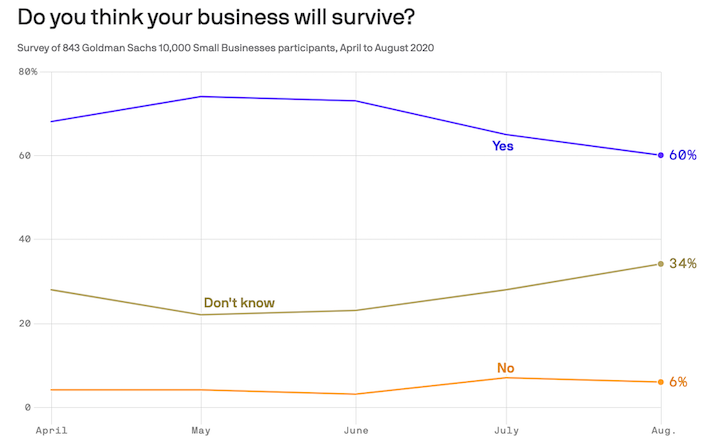What We’re Reading
In 1850, a decade before the Civil War, the United States’ economy was small—it wasn’t much bigger than Italy’s. Forty years later, it was the largest economy in the world. What happened in-between was the railroads. They linked the east of the country to the west, and the interior to both. They gave access to the east’s industrial goods; they made possible economies of scale; they stimulated steel and manufacturing—and the economy was never the same.

Twitter said on Thursday that it had labeled as disputed 300,000 tweets related to the presidential election, or 0.2 percent of the total on the subject … Twitter labeled many of the tweets — including dozens from Mr. Trump — within minutes of their posting. Seventy-four percent of the people who saw the labeled tweets viewed them after the label was added, Twitter said.
Government researchers have confirmed that the steep decline in air traffic during the coronavirus pandemic has affected the quality of weather forecasting models by sharply reducing the amount of atmospheric data routinely collected by commercial airliners.
The top 1% of New Yorkers reported a combined $133.3 billion in income in 2018, according to new data released last month by the city’s Independent Budget Office. They paid $4.9 billion in local income taxes, making up 42.5% of total income tax collected by the city.
Those numbers show how the decisions of a tiny number of millionaires and billionaires could have huge fiscal consequences for a city of more than 8 million people. In 2018, 1,786 tax filers earned more than $10 million or more.
Have a good weekend, stay safe.